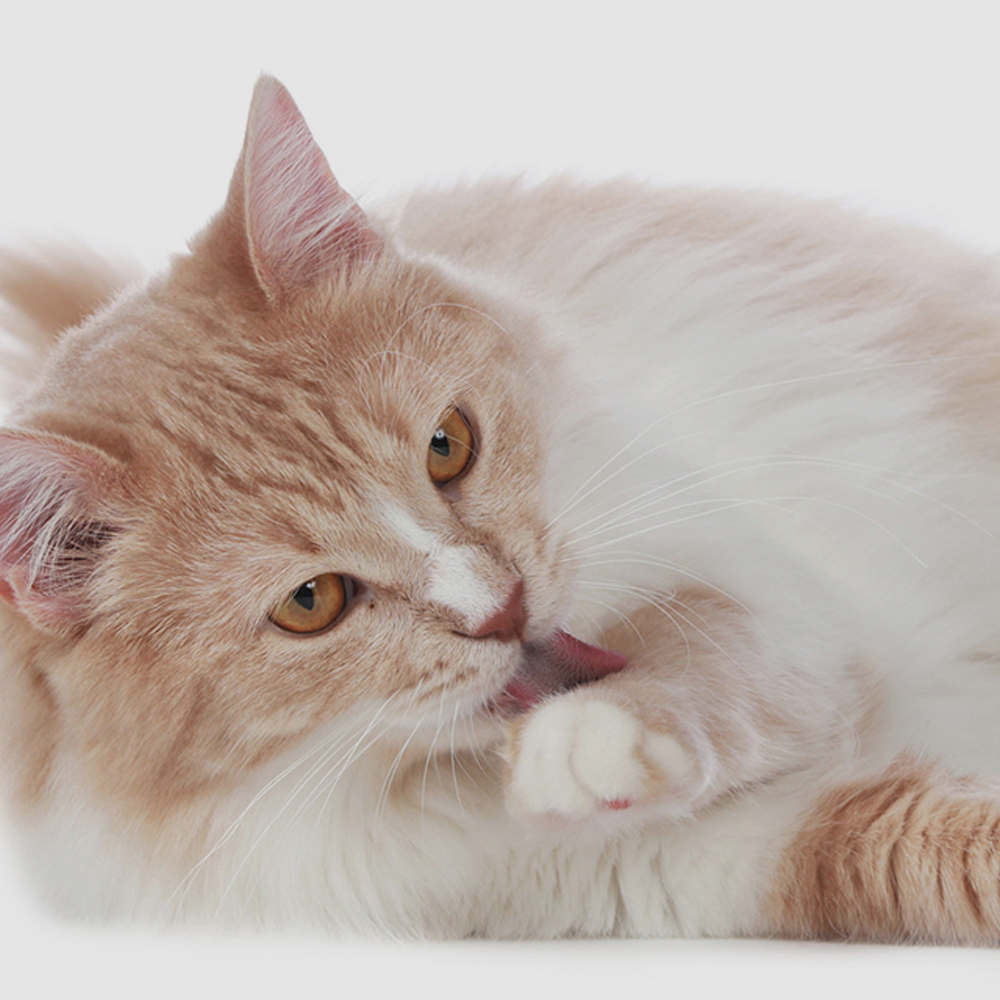Craft idea: DIY fun board for cats
Fun board for cats: DIY-idea for intelligent play
Today's DIY tip is aimed at all creative cat owners who enjoy handicrafts and crafts: Get ideas for a self-made fun board, through which your cat navigate their treats with skill and brains, in order to be rewarded with them in the end. In this way, you not only challenge your cat's motor skills, but also offer her a clever activity where she has to use her head. You'll see that with time, your playful cuddly cat will become faster and faster and more adept at fishing out his reward.
For this cat toy you need:
- wooden board in suitable thickness (individually selectable)
- Sandpaper
- Anti-slip nubs
- Material for fumbling as obstacles, e.g.
- fixed cardboard rolls, e.g. from adhesive tape
- small containers, e.g. made of plastic, glass
- Wooden sticks, long and short
- Wooden plates and blocks
- Branches, sawed up branches
- Elastic bands, cords
- fabric
- Cork

Other tools and aids which, depending on the material used, will help you with the construction:
- Cordless screwdrivers, screws and washers
- Hammer and nails
- Staplers and staples
- solvent-free wood glue or adhesive
- Parcel string

DIY fun board for cats - how it works
1. Preparing the fun board
Take the board and sand off any sharp, splintering edges so that your cat does not hurt. Self-adhesive rubber studs under the board prevent it from slipping while playing.

2. "Create "Labyrinth
Now put up all the fun hurdles to create an exciting food maze - let your imagination run wild! Just make sure there is no risk of injury, for example from nails or sharp edges.
Cardboard rolls: Rolls of thick, sturdy cardboard can be cut to the right size and attached to the board. The inside is perfect for hiding treats! With a few offset, round openings in paw size, the roll is even more exciting.
Plastic containers: Sturdy plastic packaging, e.g. for small salad portions, or a small, used-up lunch box can be easily screwed to the board (if necessary, a washer can be used for better hold). Just make sure that the edges are rounded.
Wooden sticks: With a wood drill you can drill small holes in the board, filled with a little glue, to provide optimal hold for wooden dowels or any other type of round wood sticks. Place the dowels and sticks at an appropriately tricky distance on the board so that your cat can just about get through with his paw. Arouse your pet's ambition to get the tasty morsels.

Twigs, cut branches: If you want to use natural materials, you should first dry them thoroughly. Then you can form a small bundle and wrap it with parcel string. This can also be screwed on and offers possibilities to hide treats.
Elastic bands, cords: Robust rubber bands or sisal cords can easily be stretched between longer wooden sticks or long wooden blocks mounted on edge. If you put a treat on the bottom of the fun board, underneath the tightened cord, your house cat will have to make a skilful line to reach the treat.
Fabric: Also gathered fabric, e.g. screwed on with washers, is a great hiding place for little bites.
Corks: Cork stoppers are easy to nail down and when placed side by side they are also an ideal way to place treats in between.
Our tip: If you shy away from the effort of tinkering, but have a little patience to collect rolls of kitchen and toilet paper, you can also make a simple feeding maze out of cardboard. Apart from the rolls, all you need is a small cardboard box and you have everything you need. Simply place all the toilet paper rolls upright in the box with the opening facing upwards. You can shorten the toilet paper rolls to different heights and add them as well. You can also use an egg carton if you fix it to the bottom of the box with double-sided adhesive tape.
Now you can give out food, snacks or treats - you'll be surprised how quickly your cat can get everything out!

